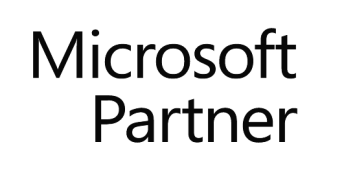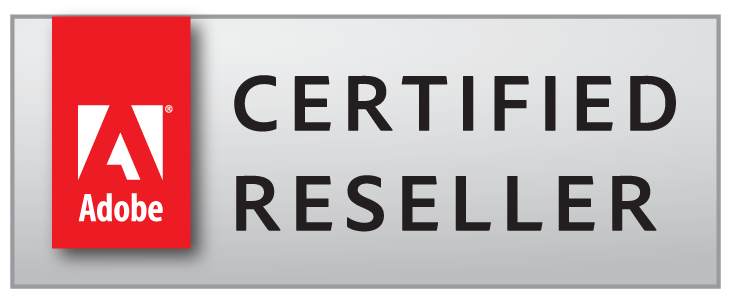We're often asked about processors. What options are there? What's the difference? What does it cost? So, we've decided to compile a quick guide to help you get the sound you want.
Finding Your Starting Point
Before you consider processing, we recommend you look at whether you need to acoustically treat or soundproof your recording space, and that you should pick a microphone first. This provides the starting point for your recording setup.
As for choice of microphone, this is usually pretty subjective. We know people who love the RØDE NT1A, some like the Sennheiser Mk4, and we love the Neumann TLM103 for its presence and clarity. The best thing you can do is find a microphone in a studio or via a friend and try it out. You'll soon get a feel for what you want, and it's definitely worth spending on a good microphone before looking at processing.
Also, it's worth noting that clients for voiceover work will often want to apply their own processing, so anything you do should be as minimal as possible. By contrast, processing can be more heavily utilised for voicetracking purposes.
Processor Features
Across the range of available processors, you'll find a lot of terminology. So, let's run through a few common parts and what they do. These form part of a chain running from input to output, building on each other to produce an overall sound.
Pre-Amplifier
A pre-amplifier or "pre-amp" is the entry point for your microphone, preparing the sound from your microphone for the processor. This offers level control, and allows you to select whether you wish to use a powered (phantom) microphone or not.
High & Low-Pass Filter
A high-pass filter allows signals over a defined frequency to pass, filtering out any frequencies below. A low-pass filter does the opposite, allowing frequencies under a defined frequency to pass, and filtering out those above.
Compressor
Reduces the output level to a pre-determined level - effectively squashing the audio, helping to prevent peaks.
Expander & Gate
Expanders do the opposite of a compressor, increasing the output level when it drops to a pre-determined level. This can be used to 'gate' your audio - helping to cut out any background noise when you're not speaking.
De-Esser
A de-esser is exactly as it sounds, it aims to reduce sibilance (such as 's' sounds).
Limiter
This cuts an audio signal when it reaches a certain defined level. This will sound more harsh than a compressor.
What Options Are There?
There's a fair amount of choice depending on requirements and budget. We won't provide an exhaustive list here, but let's compare the three we generally supply: The dbx 286s, the Wheatstone M-1, and the SOUND4 BIG VOICE².
dbx 286s

A dbx 286s costs around £140 inc. VAT, and offers a decent, basic processor. This is ideal if you wish to make slight adjustments to your existing sound. It provides a high-pass filter, compressor, de-esser, enhancer (a short-cut allowing you to boost low and high frequencies), and Expander/Gate.
Wheatstone M-1

At mid-level (around £1,200 inc. VAT) is the Wheatstone M-1. This is effectively a slightly cut down broadcast/studio quality processor. This is ideal if you wish to make greater adjustment to your sound. The M-1 provides a high-pass filter, compressor, de-esser, and expander/gate as before (although in greater detail), but it also provides a low-pass filter, and a parametric EQ - allowing more control over frequencies than the enhancer on the dbx 286.
SOUND4 BIG VOICE² Loaded

The SOUND4 BIG VOICE² Loaded processor steps beyond the M-1, offering a final "Brick Wall" limiter as a final safeguard against excessive output levels, as well as a screen on the front so you can more easily review settings and switch between presets. This processor sells at a higher price of around £1,600 inc. VAT.
We Can Help
We hope this guide has provided a sound introduction to the world of processors. Don't forget, we can supply and install your processor as well as help with any other aspect of your studio. Just drop us an email or give us a call to find out more.





